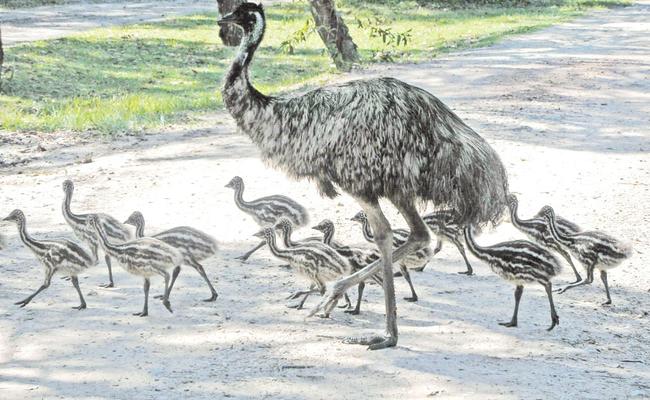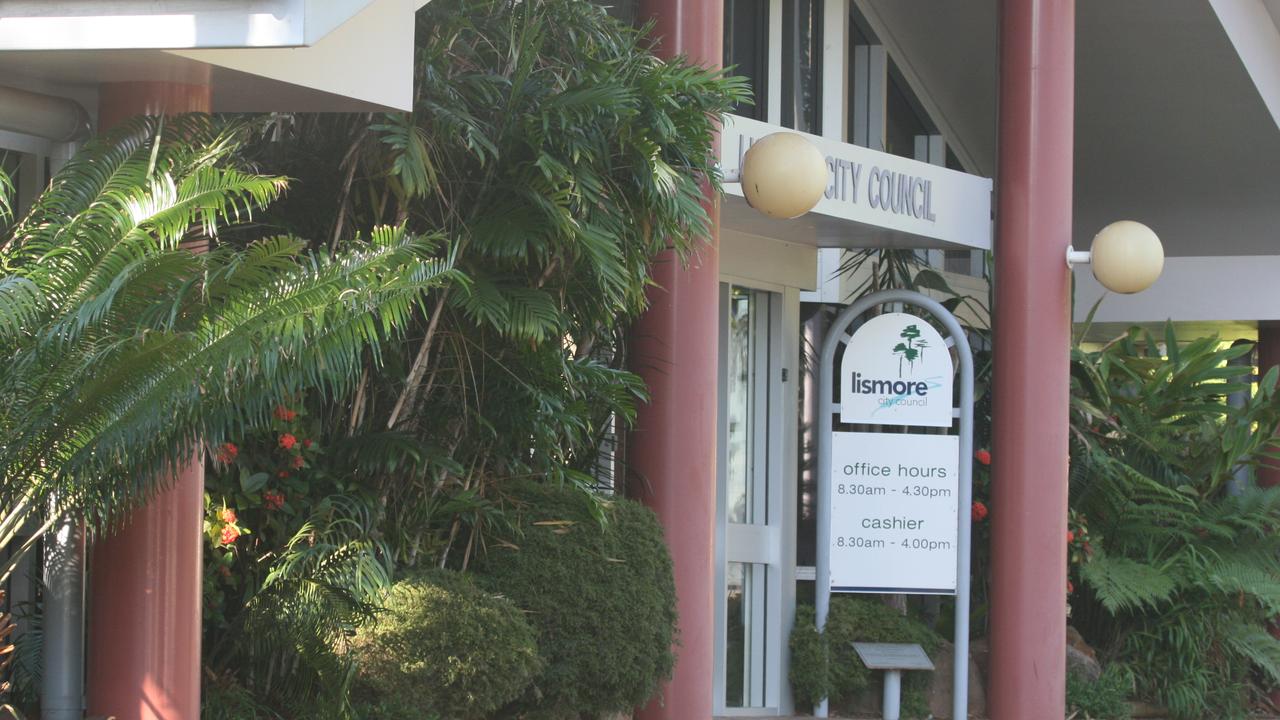Fears for emus as numbers plummet
THE future of the North Coast's emu population is under threat, with numbers decreasing dramatically over the past few years.

Lismore
Don't miss out on the headlines from Lismore. Followed categories will be added to My News.
THE future of the North Coast's emu population is under threat, with numbers decreasing dramatically over the past few years.
So the Foundation for National Parks and Wildlife has prepared a new brochure in a bid to save the endangered coastal emu.
National Parks and Wildlife ranger, Holly North, said its aim was to raise community awareness of the emus and encourage people to report sightings.
As recently as the 1980s, emus were widespread on the NSW coast.
But now they are only found between Red Rock, south of Grafton, and Evans Head.
“The main threats facing our emus are collisions with vehicles and egg and chick predation by foxes and dogs,” Ms North said.
“The North Coast emu is now separated into three distinct sub-populations – one in Yuraygir National Park south of the Clarence River, one in Bundjalung National Park north of the Clarence, and one in the Richmond River floodplain about 10 to 30km inland of the coast.”
The National Parks and Wildlife Service (NPWS), with the help of community volunteers, has been doing annual emu surveys on the North Coast for the past 10 years.
Ms North said the emu population had declined by 60 per cent over that time.
“The new brochure encourages people who see emus to report them to NPWS,” she said.
“We would like to know where they are nesting, what habitats are preferred for nesting, and whether there are genetic differences between this coastal population and emus in western NSW.”
Rangers hope to get DNA samples of the North Coast emus.
They also want to learn more about their nesting behaviours, determine the number of emus in the region and their distribution.
Ms North said the populations in Bundjalung National Park and Iluka Nature Reserve were of particular concern.
Emus are nesting at the moment, with chicks expected to hatch in August and September.
The chicks are raised by the male emu, which sits on the nest for two months and can lose up to a third of his body weight.
“Drivers are encouraged to slow down in emu areas and keep dogs under control,” Ms North said.
“Community support for protecting local emus is the key to their survival.”
Originally published as Fears for emus as numbers plummet


